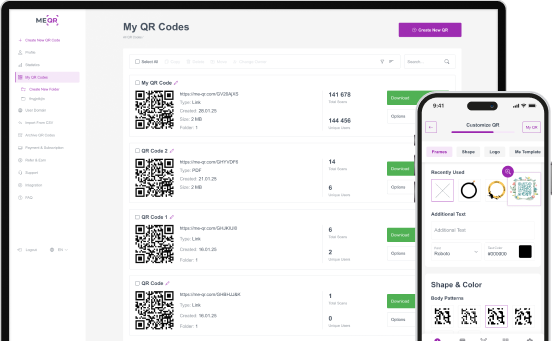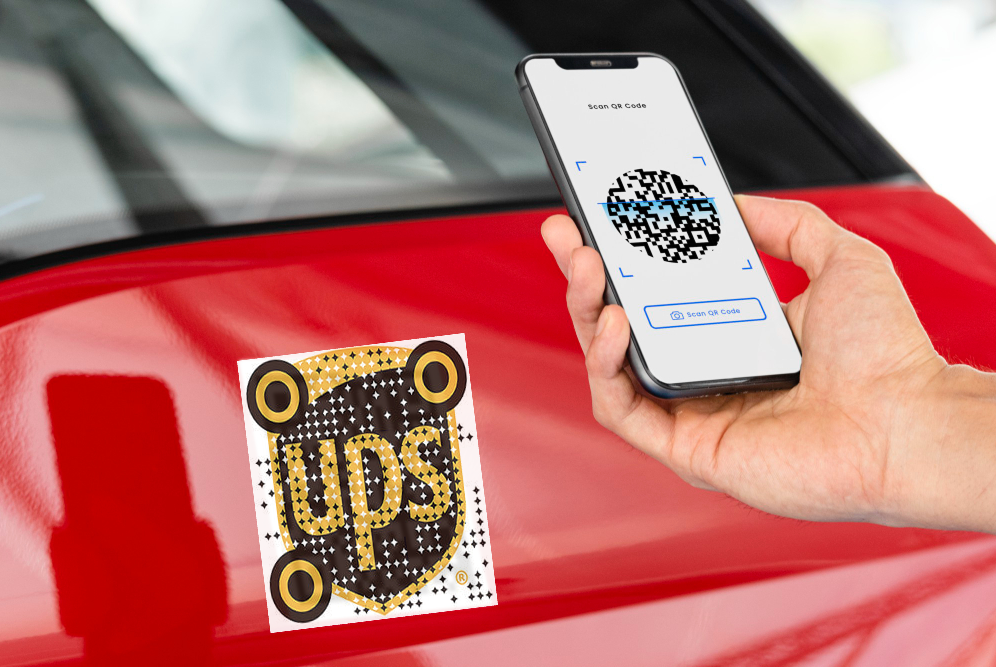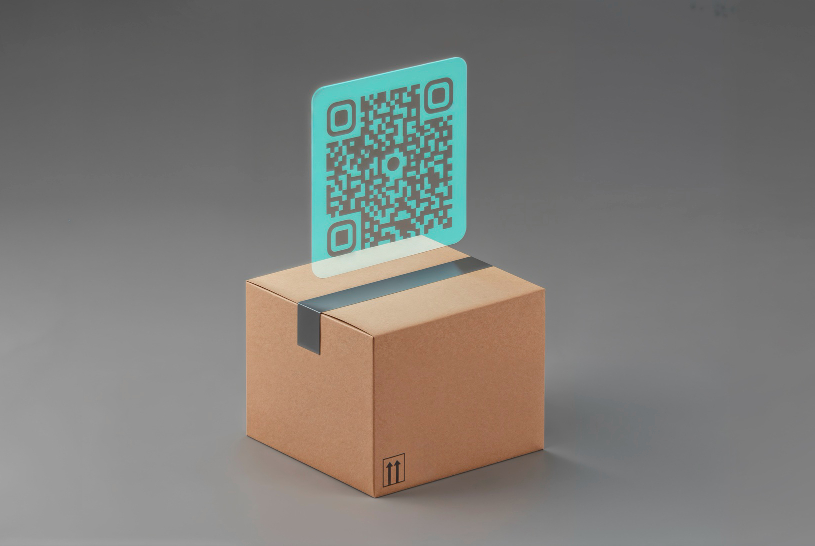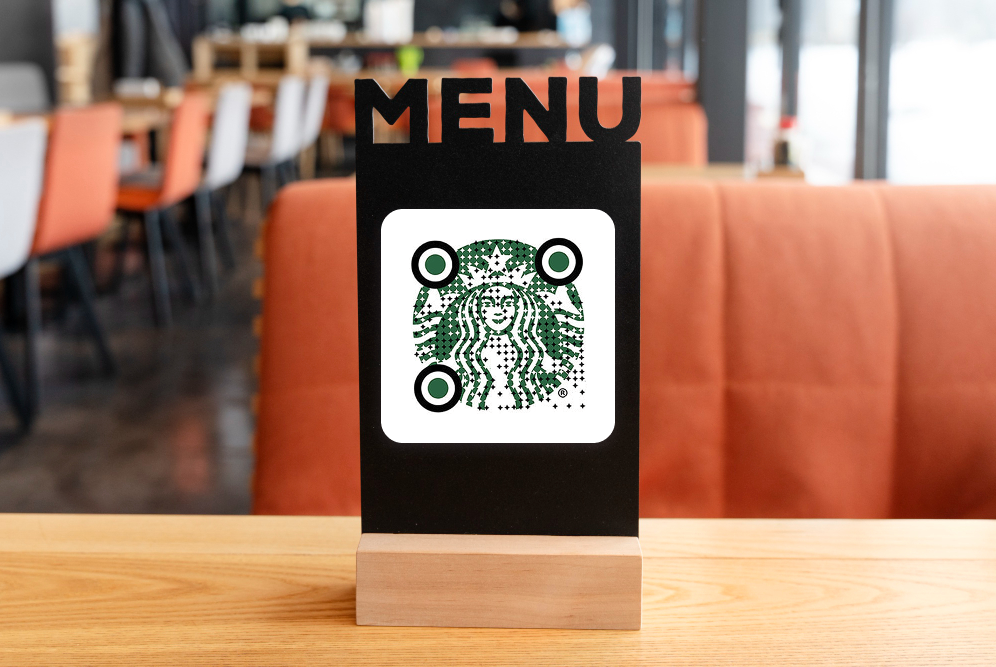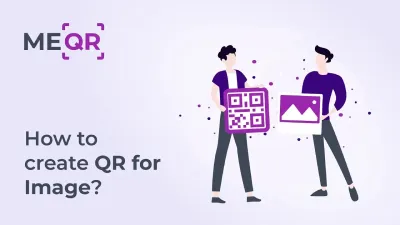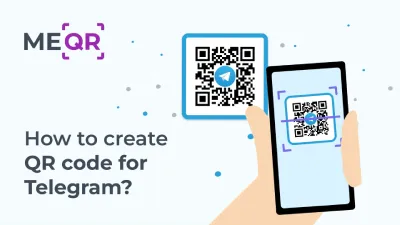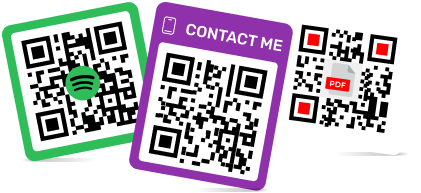Practical Guide to Creating and Using Colored QR Codes
To create a QR code for a link, video or picture - click on the button below.

QR codes have become a staple for connecting the physical and digital realms. This guide aims to provide an in-depth understanding of QR code color, highlighting its benefits, creation processes, and practical applications. Readers can expect to learn the fundamentals of multi-colored QR codes, their advantages, methods for creating them, and best practices for their effective use.
Introduction to QR Codes Color
QR codes, or Quick Response codes, have evolved significantly since their inception, with color QR codes emerging as a popular variation. This section will introduce the basic concepts behind QR codes with color, their rising popularity, and their significance in various applications.
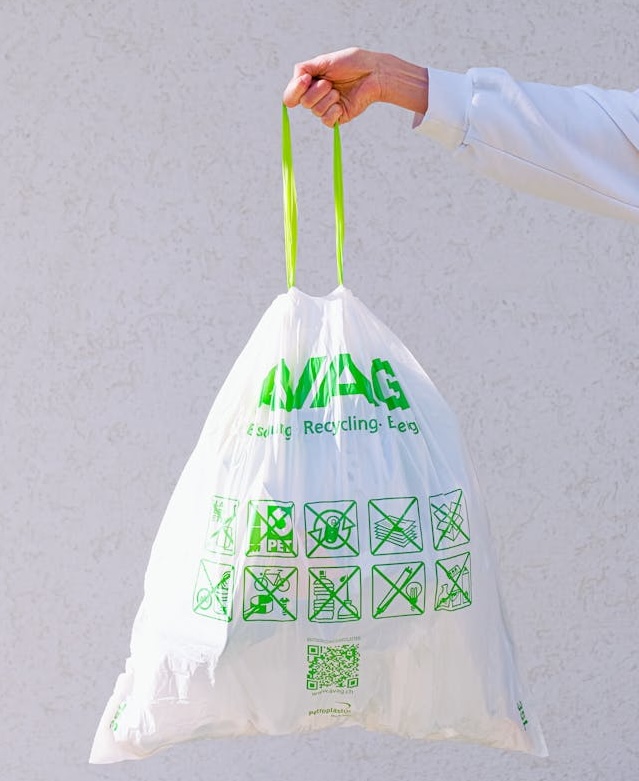
What is a Colored QR Code?
A colorful QR code is a type of QR code that incorporates color rather than the traditional black-and-white design. While standard QR codes use black modules on a white background to encode data, coloring QR codes utilize different hues to create a more visually appealing and brand-aligned appearance. They can be used in the same ways as traditional QR codes, such as linking to URLs, text, or phone calls, but with added aesthetic and branding benefits.
Color QR code works on the same principles as traditional QR codes. They consist of a grid of squares where each square can be one of several colors rather than just black or white. These colors can be used to convey additional information, enhance visual appeal, or align with branding guidelines. Despite the addition of color, the QR code must still meet the technical requirements for scannability, which means ensuring sufficient contrast between the different elements of the code.
The rise in popularity of the coloring QR code can be attributed to its ability to stand out in an increasingly digital and visually oriented world. Companies are continuously looking for ways to differentiate their marketing materials, and coloured QR code provides a perfect solution by combining functionality with design.
Why Use Colorful QR Codes?
Using QR codes colors offers several advantages. Here are some of the key benefits:
-
Aesthetic Appeal: Colors can make QR codes more visually appealing, catching the eye more effectively than monochrome codes. This can be particularly useful in marketing and advertising, where capturing the audience's attention is crucial.
-
Branding Opportunities: QR code colorful can be designed to match a brand's color scheme, enhancing brand recognition and consistency. This alignment with brand identity can make the QR codes an integral part of the overall visual branding strategy.
-
Increased Engagement: A well-designed multi-color QR code can attract more scans by standing out in various media formats. People are more likely to engage with visually appealing elements, and colored QR codes can significantly increase interaction rates.
-
Differentiation: Colored QR codes can help differentiate a brand or message from competitors who use standard QR codes. In a crowded marketplace, having a unique visual element can make a significant difference in capturing consumer attention.

These advantages make colorful QR codes a valuable tool for businesses and marketers aiming to enhance their visual marketing strategies. The use of color not only makes the QR codes more attractive but also aligns them with the visual language of the brand, making them a seamless part of the marketing materials.
Can QR Codes Be Colored?
Colored QR codes are not only feasible but also increasingly common. This section will address the methods of coloring QR codes and common questions and concerns.
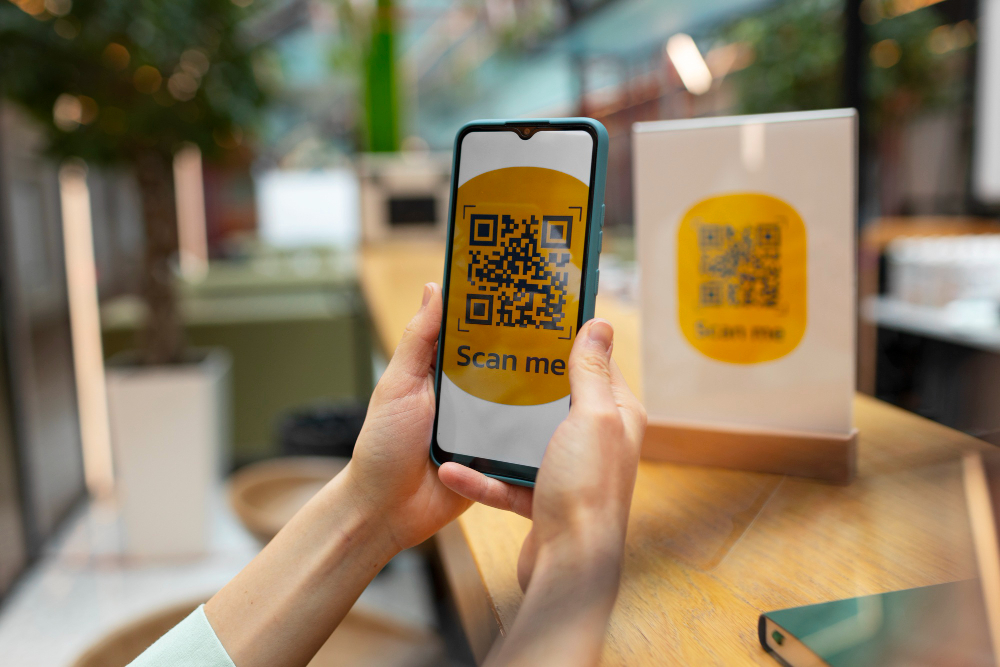
Benefits of Using Coloured QR Codes
Colored QR codes offer several specific benefits. Here are some advantages to consider:
-
Enhanced Visibility: Colors can make QR codes more noticeable and distinguishable from other visual elements. This enhanced visibility can be particularly useful in crowded visual environments, such as trade shows, events, or busy retail spaces.
-
Better Integration with Design Themes: Colored QR codes can be seamlessly integrated into various design themes, ensuring they complement the overall aesthetic. This makes them ideal for use in marketing materials, product packaging, and other branded items where visual consistency is important.
-
Improved User Engagement: The visual appeal of colored QR codes can encourage more users to engage with the code, leading to higher scan rates. This improved engagement can translate into better conversion rates, higher customer satisfaction, and more effective marketing campaigns.
These benefits highlight the practical advantages of using colored QR codes in various contexts. By enhancing visibility, integrating with design themes, and improving user engagement, colored QR codes can provide a significant boost to marketing and branding efforts.
Potential Issues with Changing the Color of QR Codes
While colored QR codes have many benefits, there are also potential challenges. Here are some issues to be aware of:
-
Readability Issues: Poor color choices can affect the readability of QR codes, making them difficult to scan. For example, using colors with insufficient contrast can make it hard for QR code readers to distinguish the different elements of the code.
-
Scanning Difficulties: Some colors may interfere with the scanning process, especially under certain lighting conditions. For instance, light colors or certain shades of red might not be picked up well by QR code scanners, leading to failed scans.
-
Compatibility Concerns: Not all QR code readers are optimized for colored QR codes, which can lead to scanning failures. While most modern QR code readers can handle colored codes, older devices or less advanced readers might struggle, resulting in a poor user experience.
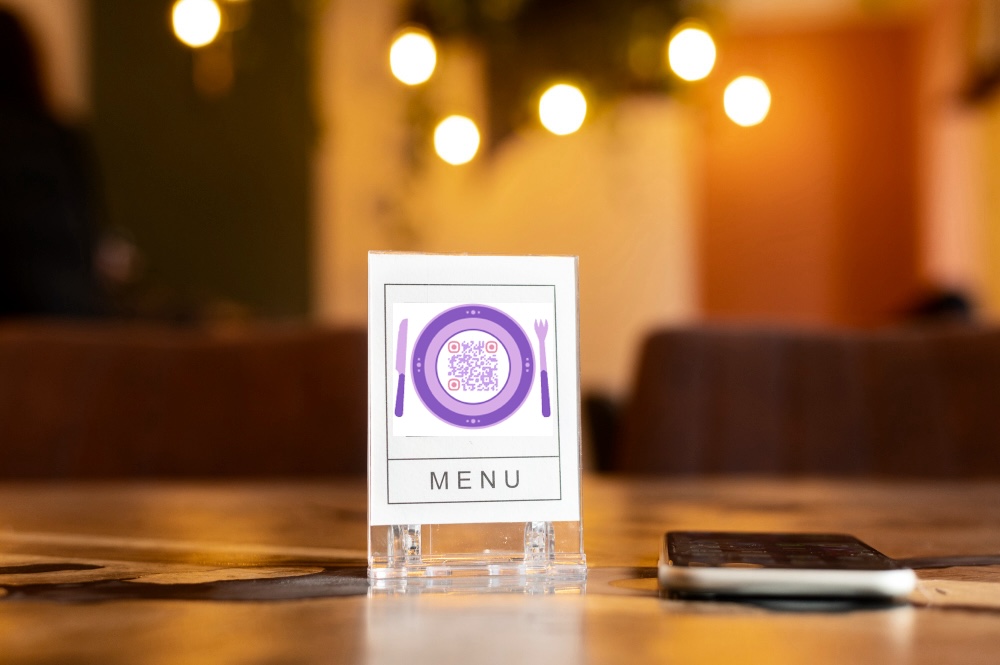
Understanding these challenges can help in designing more effective colored QR codes that maintain functionality. By carefully considering color choices, testing under various conditions, and being aware of potential compatibility issues, you can create colored QR codes that are both attractive and functional.
How to Create Colored QR Codes?
Creating effective and functional colored QR codes involves understanding the process and utilizing the right tools. This section will guide you through the necessary steps and tools.
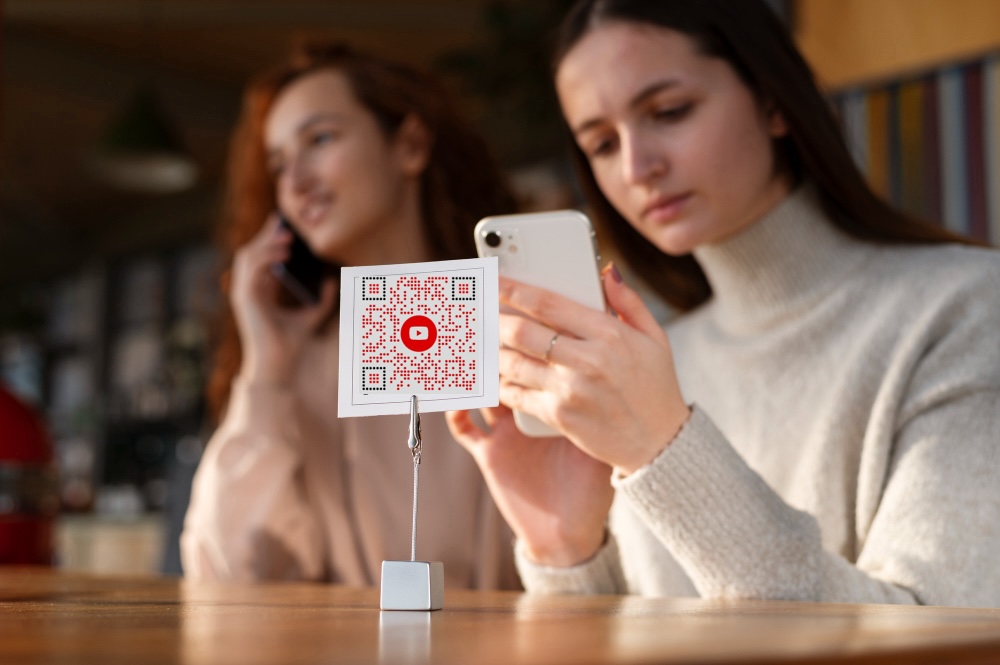
Tools for Creating Colorful QR Codes
One popular tool for creating colored QR codes is the QR code color generator by ME-QR. This tool offers several features:
-
Art QR Code: Choose from a wide range of colors to design your QR code. This allows you to match the colors to your brand's palette or any specific design requirements you might have.
-
Branding Integration: Add logos and adjust colors to match your brand. Incorporating branding elements into the QR code can enhance brand recognition and make the QR code a seamless part of your marketing materials.
-
Color QR Code Reader: Ensure your colored QR codes are readable with the accompanying reader. This reader is specifically designed to handle colored QR codes, ensuring compatibility and reliable scanning.
Using a reliable tool like ME-QR ensures that your colored QR codes are both visually appealing and functional. By providing a range of customization options and ensuring readability, these tools make it easy to create high-quality colored QR codes.
Step-by-Step Guide to Custom Coloring QR Codes
Designing colored QR codes can be straightforward if you follow these steps:
-
Choose a Reliable QR Code Generator: Select a tool like ME-QR to create your colored QR code. Ensure the tool you choose offers the features you need, such as custom color selection and branding integration.
-
Select Your Colors: Choose colors that align with your brand and ensure high contrast between the background and the QR code modules. It's essential to select colors that not only look good but also ensure the QR code remains scannable.
-
Design Your QR Code: Input the desired data (e.g., PDF, email) and customize the QR code with your chosen colors. Many QR code generators allow you to preview the QR code before finalizing the design, ensuring you are satisfied with the appearance.
-
Add Branding Elements: Incorporate your logo or other branding elements, ensuring they don't interfere with the QR code's readability. It's crucial to place these elements carefully to avoid obstructing the QR code's functional parts.
-
Test the QR Code: Use various QR code readers, including the ME-QR color QR code reader, to ensure the code is easily scannable. Testing the QR code under different lighting conditions and with various devices can help identify potential issues.
-
Adjust as Necessary: If the QR code is not scanning properly, adjust the colors or design elements and retest. This iterative process helps ensure the final QR code is both attractive and functional.
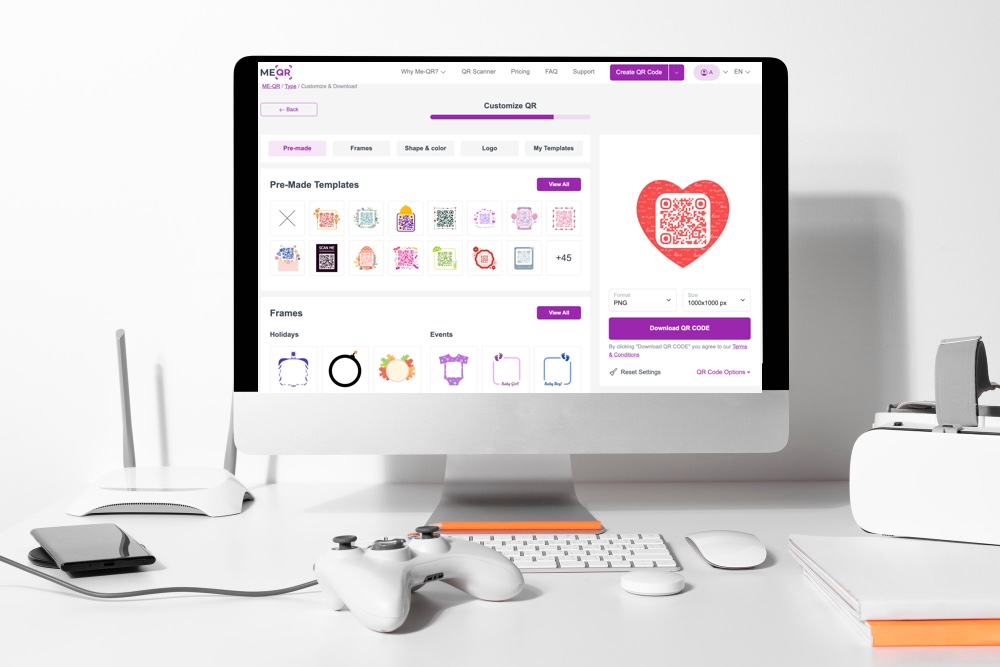
Following these steps will help you create effective and attractive colored QR codes. By using a reliable tool, carefully selecting colors, and thoroughly testing the QR code, you can ensure it meets your needs and provides a positive user experience.
Put your QR code link, add name for your QR, select content category and generate!
Put your QR code link, add name for your QR, select content category and generate!

Best Practices for Using Colored QR Codes
To maximize the effectiveness of colored QR codes, it’s essential to follow best practices and guidelines.
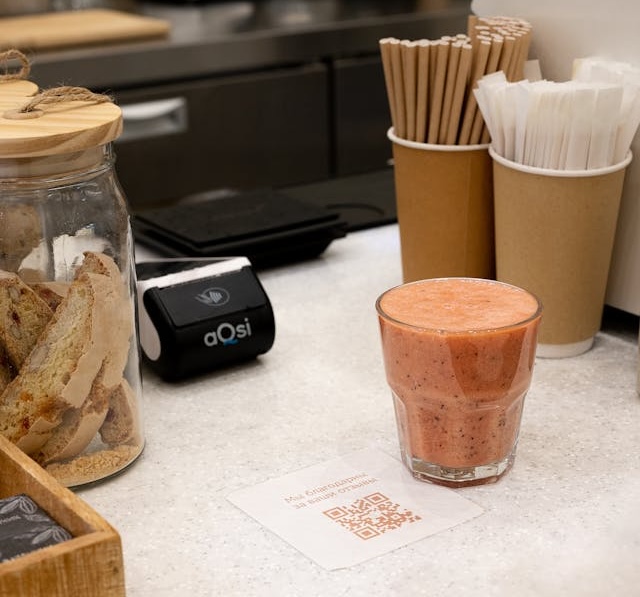
Ensuring QR Code Functionality
Maintaining QR code functionality is paramount. Here are some tips to ensure your colored QR codes work effectively:
-
Test Thoroughly: Regularly test your colored QR codes with different devices and readers to ensure they work correctly. This testing should include various QR code readers, both on smartphones and other devices, to ensure compatibility.
-
Maintain High Contrast: Ensure there is sufficient contrast between the QR code and its background to maintain readability. Using colors with a high contrast ratio helps ensure the QR code can be easily scanned, even in less-than-ideal lighting conditions.
-
Avoid Distortion: Keep the QR code design simple and avoid excessive modifications that might affect scanning. While it's tempting to add many design elements, it's essential to maintain the QR code's functional integrity.
These tips will help you maintain the functionality of your colored QR codes. Ensuring that the QR codes are easily scannable and function as intended is critical to their effectiveness.
Tips for Effective Color Choices
Choosing the right colors for your QR codes is crucial. Consider these guidelines:
-
Color Contrast: Ensure there is a strong contrast between the QR code and its background. High contrast between the foreground and background colors is essential for readability.
-
Brand Alignment: Use colors that match your brand identity to maintain consistency. This alignment helps reinforce brand recognition and ensures the QR code fits seamlessly with other branded materials.
-
Visual Appeal: Select colors that are visually appealing and likely to attract attention. While functionality is essential, the visual appeal can enhance engagement and encourage more scans.
These guidelines will assist you in making effective color choices for your QR codes. By considering contrast, brand alignment, and visual appeal, you can create QR codes that are both functional and attractive.
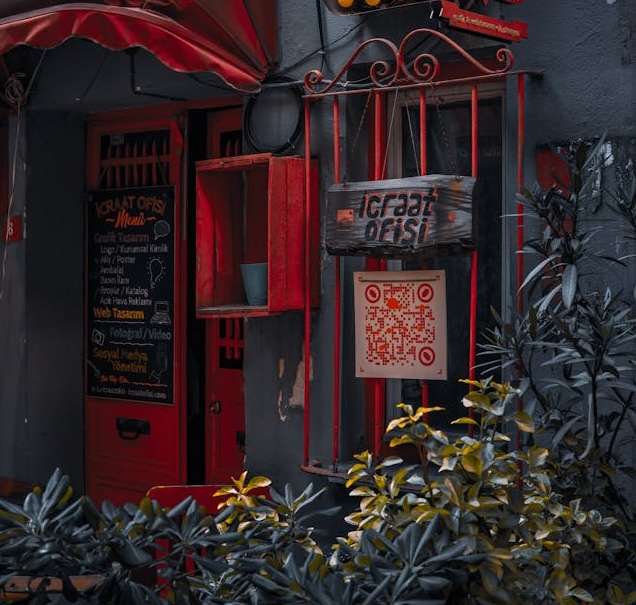

Common Mistakes to Avoid
Avoid these common mistakes when creating colored QR codes to ensure they are effective and functional:
-
Poor Contrast: Insufficient contrast can make QR codes difficult to scan. Always test your QR code to ensure the colors used provide enough contrast for readability.
-
Overcomplicating Design: Adding too many elements can interfere with the QR code's functionality. While it's essential to make the QR code visually appealing, maintaining simplicity ensures it remains scannable.
-
Neglecting Testing: Failing to test QR codes thoroughly can result in poor user experiences and missed opportunities. Regular testing across various devices and conditions helps identify and rectify potential issues.
Being aware of these mistakes can help you create better-colored QR codes. Avoiding these common pitfalls ensures that your QR codes are both attractive and functional, providing a positive experience for users.
Applications of Colored QR Codes
Colored QR codes can be effectively utilized in various practical applications. Here are some scenarios where they can be particularly useful:
Marketing and Advertising
In marketing and advertising, colored QR codes can enhance engagement and track results. They can:
-
Enhance Engagement: Draw more attention and encourage users to scan. The visual appeal of colored QR codes can significantly increase interaction rates, making them an effective tool for capturing consumer interest.
-
Track Results: Use QR codes to track engagement metrics and gather data. By linking QR codes to analytics tools, businesses can gain valuable insights into how users interact with their campaigns.
-
Align with Campaign Themes: Match QR codes with campaign colors and themes for a cohesive look. This alignment ensures that QR codes are an integral part of the overall marketing strategy, enhancing brand consistency.
These applications show how colored QR codes can be powerful tools in marketing and advertising. By enhancing engagement, tracking results, and aligning with campaign themes, colored QR codes can significantly boost the effectiveness of marketing efforts.

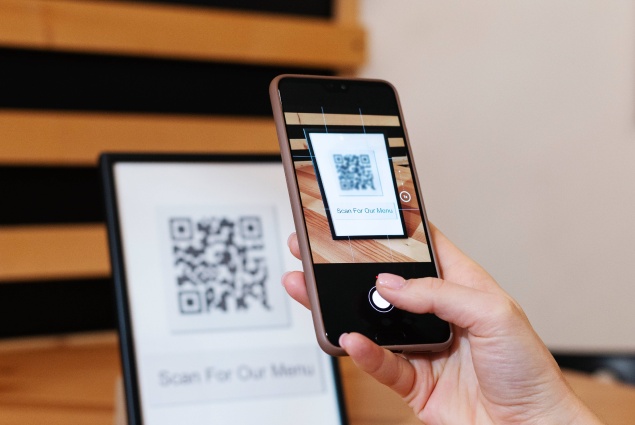
Event Management
In event management, colored QR codes can be used for multiple purposes, including:
-
Ticketing: Simplify ticketing processes with scannable, branded QR codes. QR codes can streamline entry processes, reduce wait times, and provide a seamless experience for attendees.
-
Attendee Tracking: Monitor attendance and manage event access efficiently. QR codes can be used to track attendee movements, gather data on attendance patterns, and ensure security.
-
Providing Information: Share event details, schedules, and maps through QR codes. This use of QR codes can enhance the attendee experience by providing easy access to essential information.
Using colored QR codes in event management can streamline processes and enhance attendee experiences. By simplifying ticketing, tracking attendance, and providing information, QR codes can improve event logistics and attendee satisfaction.
Product Packaging
Colored QR codes on product packaging can:
-
Enhance Brand Recognition: Use colors that reflect your brand, making products easily identifiable. This alignment with brand identity helps reinforce brand recognition and makes products stand out on the shelves.
-
Provide Additional Information: Link to product details, usage instructions, or promotional content. QR codes can provide a wealth of information that enhances the customer experience and supports purchasing decisions.
-
Create Interactive Experiences: Engage customers with interactive content, such as videos or augmented reality, through QR codes. These interactive experiences can increase customer engagement and create a more memorable brand interaction.
These applications highlight the versatility of colored QR codes in product packaging. By enhancing brand recognition, providing additional information, and creating interactive experiences, colored QR codes can significantly enhance the effectiveness of product packaging.
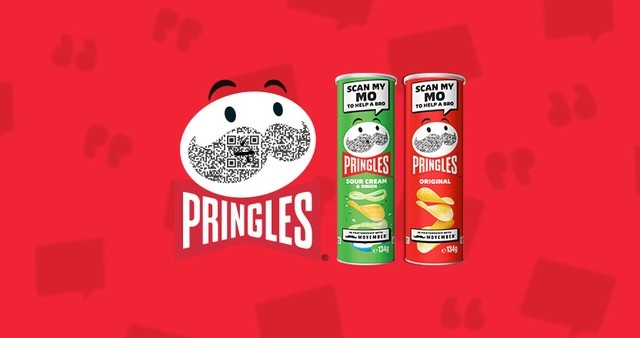
Conclusion
Colored QR codes represent a dynamic evolution in the use of QR technology, offering both aesthetic and functional benefits. By understanding whether can QR codes be in color or not, their creation and best practices, businesses and individuals can effectively utilize colored options to enhance engagement and integrate seamlessly into their branding strategies. As technology advances, the use of colored QR codes is likely to expand, offering even more innovative applications and opportunities.

